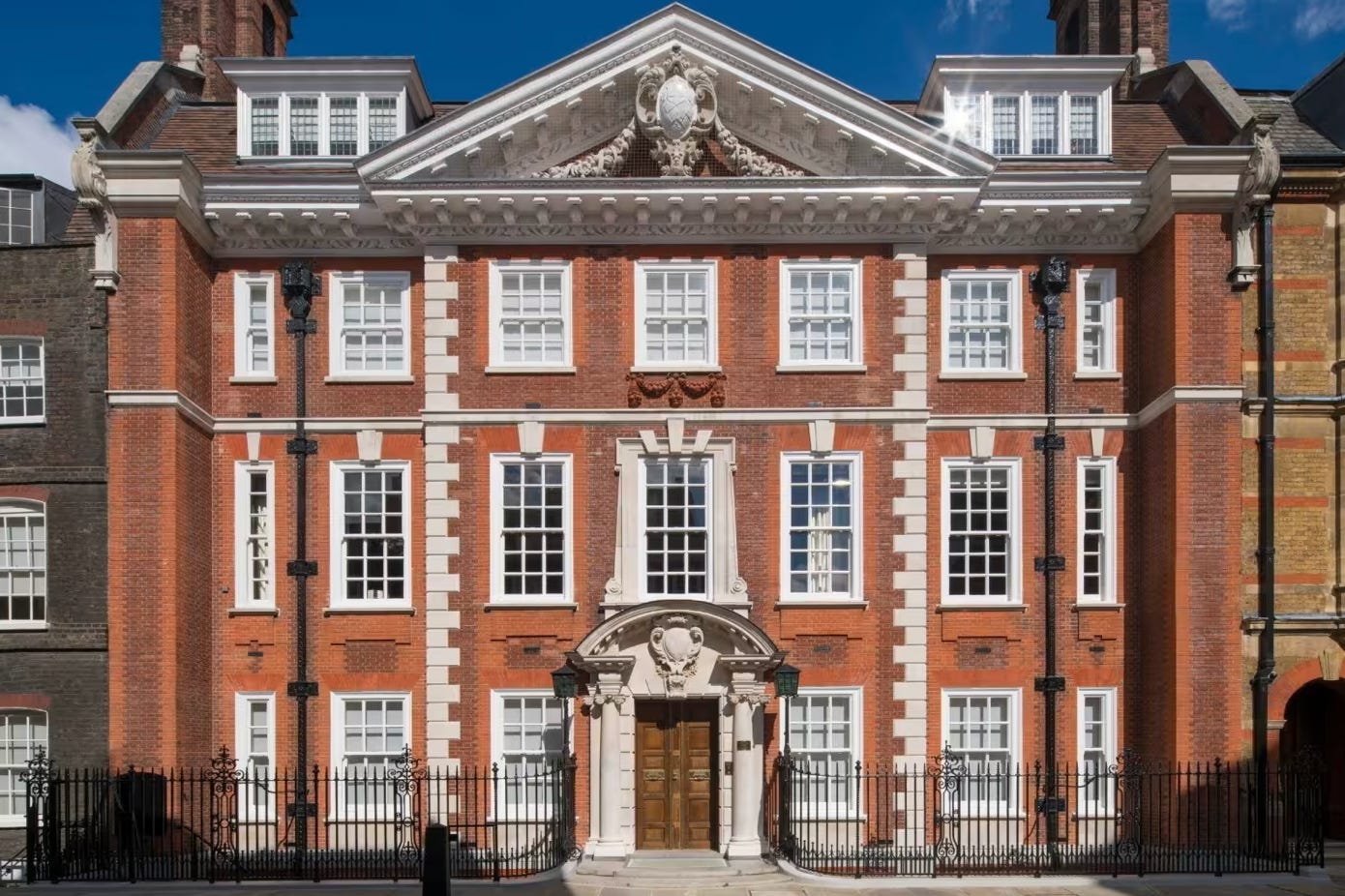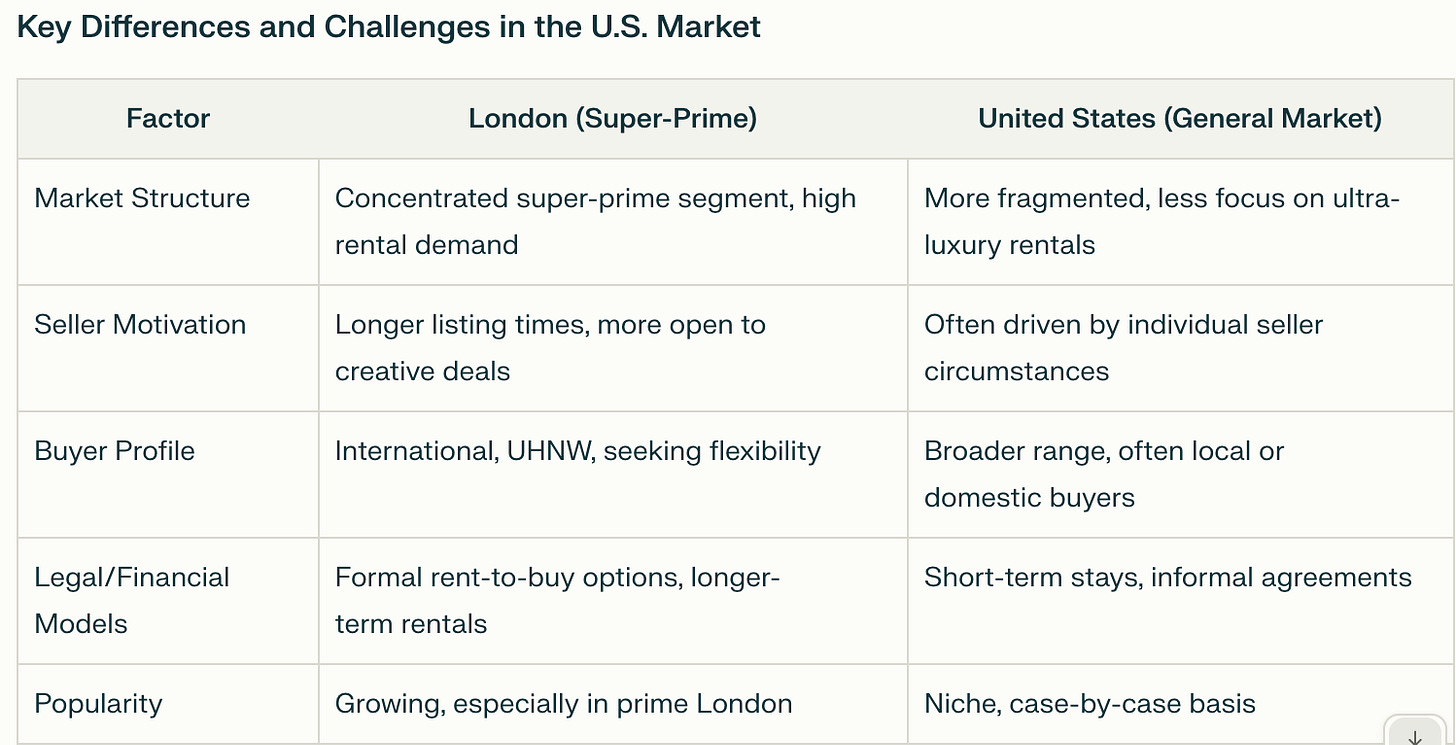Super-Prime and the Rise of ‘Try Before You Buy’: Could London’s Trend Work in America?
The London Experiment: Flexibility for the Super-Prime Buyer
In London’s dynamic property market, a new trend is gaining traction among ultra-high-net-worth (UHNW) buyers: the ability to “try before you buy” in the super-prime segment. This approach allows prospective buyers to rent or even temporarily live in a property before making a long-term commitment, offering a unique blend of flexibility and assurance in a market defined by high stakes and even higher price tags
The strategy has emerged as both a response to market uncertainty and a tool for sellers to attract discerning buyers. In prime areas like Northwest London, sellers are increasingly open to creative arrangements-especially if their properties have lingered on the market. For buyers, particularly those relocating internationally or navigating complex financial situations, renting a trophy home before purchasing provides a valuable test run. It allows them to experience the neighborhood, the property’s quirks, and the lifestyle on offer before signing on the dotted line.

How ‘Try Before You Buy’ Works in London
UHNW and HNW (high-net-worth) individuals rent super-prime homes for extended periods, sometimes with an option to buy at the end of the tenancy.
The approach appeals to entrepreneurs and international buyers seeking flexibility amid shifting economic and political landscapes.
Sellers, motivated by longer listing times and a competitive market, are more willing to entertain these arrangements, hoping to convert tenants into buyers.
The trend has led to bidding wars for high-value rentals, as wealthy tenants act quickly to secure desirable properties in a tightening market.
Would This Work in America?
The concept of “try before you buy” is not entirely foreign to the U.S. market, but its adoption has been more sporadic and less formalized than in London’s super-prime sector. In the U.S., especially in competitive metropolitan areas like Seattle and Houston, some motivated sellers have allowed prospective buyers to “test drive” homes-spending a night or two or renting for a short term before making an offer. However, these arrangements are typically limited to vacant properties and are more ad hoc than institutionalized.
Key Differences and Challenges in the U.S. Market
FactorLondon (Super-Prime)United States (General Market)Market StructureConcentrated super-prime segment, high rental demandMore fragmented, less focus on ultra-luxury rentalsSeller MotivationLonger listing times, more open to creative dealsOften driven by individual seller circumstancesBuyer ProfileInternational, UHNW, seeking flexibilityBroader range, often local or domestic buyersLegal/Financial ModelsFormal rent-to-buy options, longer-term rentalsShort-term stays, informal agreementsPopularityGrowing, especially in prime LondonNiche, case-by-case basis.
Barriers to Adoption in the U.S.:
Cultural Differences: American buyers and sellers may be less accustomed to hybrid rental-purchase arrangements, particularly in the luxury segment.
Legal Complexity: U.S. real estate law varies by state, complicating standardized rent-to-buy contracts.
Market Fragmentation: The super-prime market in the U.S. is less centralized than in London, making it harder to establish uniform practices.
Seller Reluctance: Many U.S. sellers may be wary of allowing potential buyers to live in their homes before closing, especially if the property is not vacant.

Where It Could Work in America
Despite these challenges, the “try before you buy” model could gain ground in select U.S. markets:
Luxury Urban Markets: Cities like New York, Los Angeles, and Miami, with a concentration of high-value properties and international buyers, are most likely to see this trend take hold.
Motivated Sellers: In a buyer’s market or with properties that have lingered on the market, sellers may be more willing to consider creative arrangements.
Institutional Developers: New luxury developments catering to international clientele could formalize rent-to-buy options as part of their sales strategy.
Conclusion
London’s “try before you buy” trend in the super-prime sector reflects shifting buyer priorities: flexibility, risk mitigation, and lifestyle assurance. While the U.S. market has seen isolated cases of similar arrangements, widespread adoption would require changes in legal frameworks, seller attitudes, and market structure. However, as global mobility and economic uncertainty persist, American luxury markets may gradually embrace this British import-especially where the stakes are highest and the buyers most discerning.



